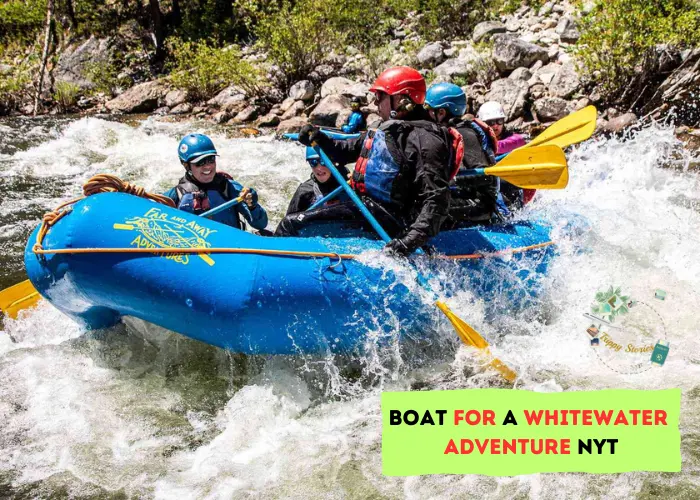Whitewater excursions are exhilarating events that blend the peace of surrounded by nature with the surge of adrenaline from negotiating rapids. Still, the success of your whitewater trip mostly relies on one important factor: the boat you use. Choosing the correct boat will make all the difference, regardless of your level of experience as a paddler or novice wishing to explore the thrilling realm of whitewater sports. Based on observations from the "New York Times," choosing wisely calls for knowledge of several elements like the kind of water, your degree of experience, and the particular characteristics of different boats. This guide will discuss the top choices for a boat for a whitewater adventure nyt crossword as advised by professionals, together with ideas from the New York Times.
Understanding Whitewater Classifications
It's important to know the categorization of whitewater before delving into the several kinds of boats. From Class I to Class VI, rivers are rated; Class I is the simplest, Class VI is the most dangerous and challenging.
-
Class I: Simple, few obstacles; little waves
-
Class II: Novice - Straightforward quick bursts with open lines.
-
Class III: Moderate, erratic waves that need for deft movement.
-
Class IV: Advanced, strong fast rapids needing exact boat control.
-
Class V: Expert - Often with deadly obstructions, very tough and fast rapids
-
Class VI: Extreme - Unnavigable Rapids; regarded as quite deadly.
The difficulty of the river you intend to travel should match your pick of a boat for a whitewater adventure nyt crossword . A boat designed for Class V rapids might not be Class III rapid performance friendly. To guarantee safety and enjoyment, the "New York Times" underlines the need of matching your boat to the categorization of the river.
Boat For A Whitewater Adventure Nyt: Types
1. Inflatable Kayaks
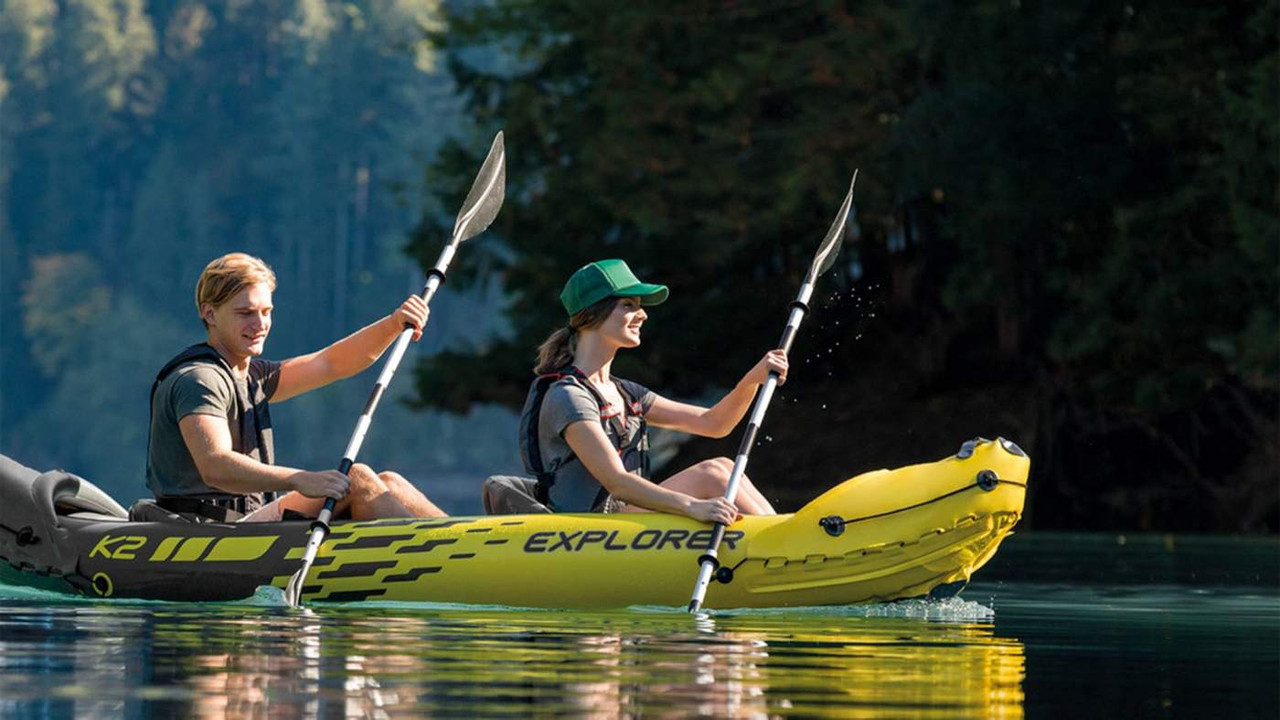
Particularly for novices, inflatable kayaks are a great alternative for whitewater experiences. For Class I to Class III rapids, they are lightweight, portable, and simple to move around. The "New York Times" emphasizes how buoyancy and stability of inflatable kayaks let them be forgiving in choppy sea. For people novice to whitewater activities, these boats are also a safer choice as they are less prone than hard-shell kayaks to capsize.
Advantages
-
Portability: Simple storage and transit.
-
High buoyancy lowers the possibility of capsizing.
-
Versatility: fit for several aquatic environments.
Cons
-
Durability: prone to punctures under improper handling.
-
Performance: In more demanding rapids, may not be as well as hard-shell kayaks.
2. Hard- shells Kayaks
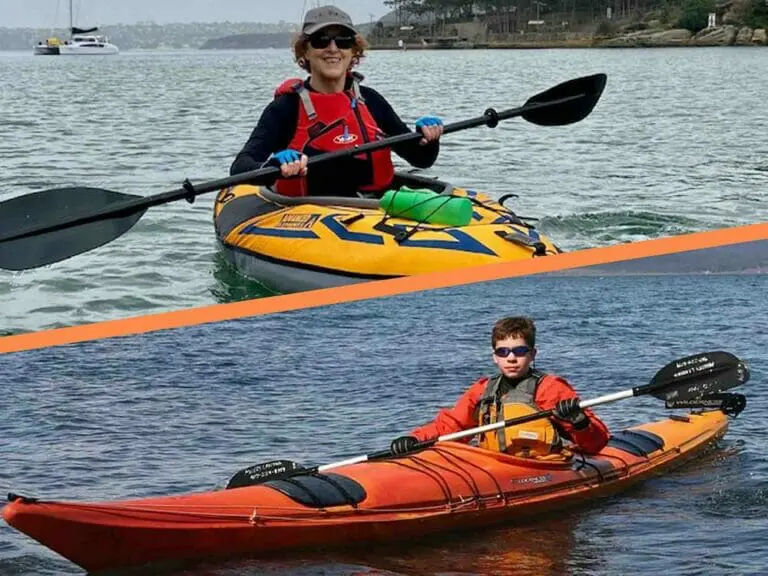
Hard-shell kayaks are the first choice for anyone wishing to tackle more challenging rapids. Greater control and accuracy these boats provide are necessary for negotiating Class III to Class V rapids. Although hard-shell kayaks demand more knowledge and expertise, the "New York Times" contends that for experienced paddlers they offer an exciting and satisfying experience.
Positive Aspects
-
Performance: In demanding rapids, great control and maneuverability
-
Made to resist collisions and harsh environments.
Negatives
-
Portability: Heavier and harder to carry about.
-
Learning Curve: Mastering calls greater expertise and practice.
3: Rafts
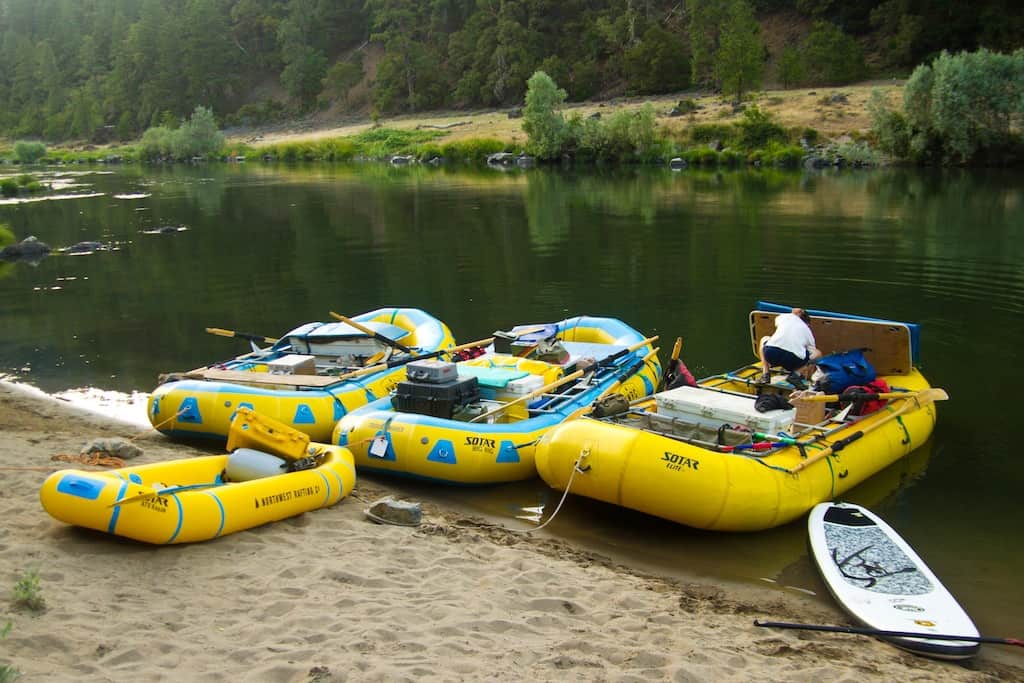
Popular for group whitewater excursions are rafts. Class III to Class V rapids would find them perfect as they are bigger and more steady than kayaks. Guided trips may feature rafts, in which an expert guide negotiates the rapids as the guests paddle. Based on the difficulties of the river, rafts are appropriate for both novice and veteran paddlers, according the "New York Times."
Positive Aspects
-
Capacity: Perfect choice for gatherings as it can host several people.
-
Less prone to capsize, stability provides a safer experience.
-
Versatility: Appropriate for a spectrum of rapids, from moderate to intense.
Drawbacks
-
Size: Bulky and weight makes transportation challenging without a trailer.
-
Typically more costly than kayaks.
4. Canneys
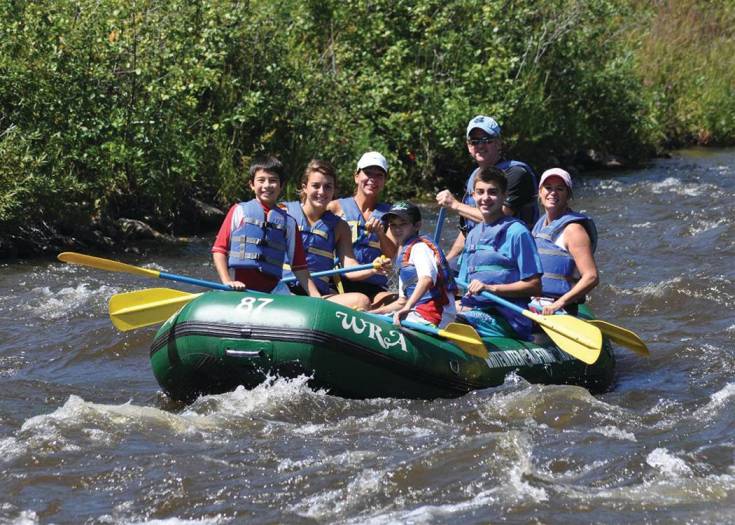
Although whitewater adventures are not usually connected with canoes, they can be employed under some circumstances, especially in lower-class rapids (Class I to Class III). With canoes, paddlers may carry more equipment and even stand while paddling, therefore providing a different experience. For more experienced paddlers, nevertheless, the "New York Times" observes that canoes are less steady than kayaks and rafts.
Benefits
-
Storage: Provides greater room for equipment, hence they are perfect for multi-day excursions.
-
Versatility: One may apply it in lower-class rapids as well as on flatwaters.
-
Special Experience: offers an other viewpoint and paddling style.
Negative Aspects
-
Stability: More likely to flip in choppy sea.
-
Learning Curve: Calls for better ability to negotiate rapids.
Read Also: Travel Clubs for Singles to Join Today
Considerations Regarding Boat Selection for Whitewater Adventures
1. Skill Level
The correct boat for a whitewater trip depends much on your degree of experience. While expert paddlers may want the control and accuracy of hard-shell kayaks, beginners should choose sturdy and forgiving vessels like inflatable kayaks or rafts.
2. Type of River
As was already indicated, the river you intend to cross has to be categorized properly. Make sure your boat fits the degree of difficulty of the river so as to improve performance and safety.
3. Group Size
Because rafts can accommodate several people, they are the perfect tool for a group trip. Kayaks and canoes give greater flexibility and control for single paddlers.
4. Mobility
Think about how you intend to move your boat. For people without a lot of storage, inflatable kayaks are a handy choice as they are light weight and easy to carry and store. While more durable, hard-shell kayaks and rafts need more work to carry.
5. Budget

Your yacht will also be chosen in part by your budget. Though hard-shell kayaks and rafts might be more costly, inflatable kayaks are usually more reasonably priced. One should balance the expenses with the features and performance required.
6. Desired Use
Consider your intended usage for your boat outside of your whitewater experience. Choose a boat that gives flexibility if you want to utilize it for various pursuits as flatwater paddling or fishing.
New York Times Expert Advice
With respect to the ideal "boat for a whitewater experience," the "New York Times" gives canny investigation and expert suggestions. They stress the need of choosing a boat fit for your degree of expertise and river classification. For their stability and simplicity of usage, beginners should start with inflatable kayaks or rafts; experienced paddlers can investigate more sophisticated choices like hard-shell kayaks.
Emphasizing the need of safety as well, the "New York Times" counsels paddlers to make investments in premium safety gear like throw ropes, life jackets, and helmets. A good and fun whitewater trip depends on appropriate training and planning.
Conclusion
Selecting the correct boat for a whitewater adventure nyt crossword will make a big difference in your water experience. Whether you choose the group-friendly character of a raft, the accuracy of a hard-shell kayak, the mobility and convenience of an inflatable kayak, or the unique viewpoint of a canoe, be sure your decision fits your skill level, the classification of the river, and your overall goals.
Examining the professional opinions from the "New York Times" and spending some time to evaluate your demands can help you start an exciting but also safe and unforgettable whitewater experience. So get ready, pick your boat carefully, and start to negotiate the exciting universe of whitewater rapids!
FAQs: Boat For A Whitewater Adventure Nyt
Can you kayak alone in whitewater?
You may still participate in one of Tributary's whitewater rafting excursions even if you lack a group of friends or relatives eager to go with you. Over the past ten years, solo travel has been on the increase and has positively erupted in the travel industry following COVID-19.
Does swimming help with rafting?
If at all possible, learn to swim. But I had white water rafting experience, hence not everyone was a swimmer. Likewise with snorkelling; while you may do it wearing a life jacket, swimming is preferable if you know how to swim.
There exist what number of tiers of white water rafting?
Rivers can range in complexity, hence it's crucial to be aware of the amount of difficulty you will be facing on a rafting excursion. River difficulty is categorized into six types using a quick categorization technique.

